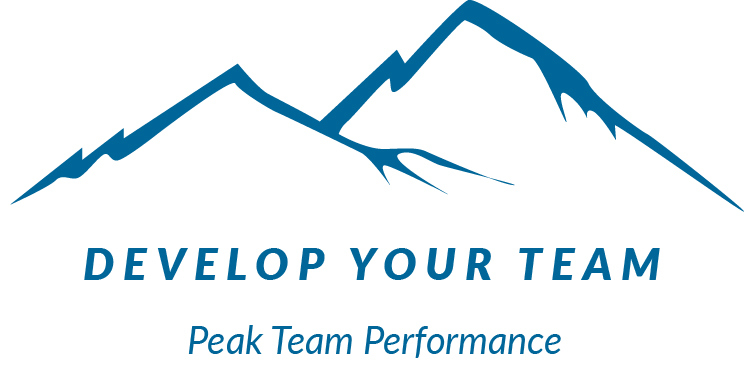Assumptions. They’re dangerous, and yet we make them all the time. When meeting someone new, for example, we may make assumptions about the person’s thoughts, actions, behaviors, or beliefs, simply based on external factors such as: age, appearance, clothing, skin color, or the type of work the person does. Our perceptions are filtered by our own self worldview, usually without us even being aware of it. Our previous experiences and personal histories influence the way we interpret new experiences, interactions, or information.
New situations are fertile ground for assumptions. Here’s an example: It’s your first day on a new job. Most likely you are making dozens of assumptions without even realizing it. Assumptions about how to dress, how to communicate, schedules, supplies, chain-of-command, the meaning of co-workers’ behavior, and on and on and on. As the day progresses you may find that some of your assumptions were correct, while others were not. Perhaps you assumed that you’d be welcome to walk into the boss’s office any time, since that’s what you did at your last job… But when you tried it you found that your new boss doesn’t welcome unplanned visits.
Sometimes our false assumptions are never corrected. Unlike the new boss who will probably let you know you’ve done something based on a faulty assumption, in many other situations inaccurate assumptions may never be surfaced or corrected. And that’s what can get us into trouble. While it may be a common human trait to fill in the gaps when we don’t have all the information we’d like, when our assumptions go unchecked, we make decisions or act based on “facts” which may be completely inaccurate. Think about the story of Romeo and Juliet. How many false assumptions were made on the way to that play’s tragic ending?

I’m a little embarrassed to say that I once thought I was quite good at “connecting the dots” when I had incomplete information, just by using logic and imagination. What I learned, though, when I started to test my assumptions for accuracy, was that the dots didn’t actually connect nearly as well as I’d thought. My assumptions were often flawed! And there are usually many different options for connecting the dots that I hadn’t even considered.
In a group setting, hidden assumptions can wreak havoc on the group’s ability to perform. They erode trust, inhibit effective communication, hinder problem-solving, and stifle creativity. What can you do to reverse this? Team development activities can help. By taking a group outside of its normal environment and engaging the members in purposeful team activities, hidden assumptions are surfaced so that they can be addressed. Check out Tom Wujec’s TED Talk on this topic for a great example.
Here’s an exercise you can do to start testing your assumptions right away. Select an activity that you’ll be participating in later today. It can be anything – an office meeting, an errand you need to run, a visit with a good friend. Between now and the start of the activity, see if you can come up with at least 10 unchecked assumptions you have about the location, the people involved, or the activity itself. Now think about how you might test those assumptions for accuracy. Are there questions you can ask for a better understanding? Different perspectives you might take to see things in a new light? What new insights do you get when you explore your assumptions further?
